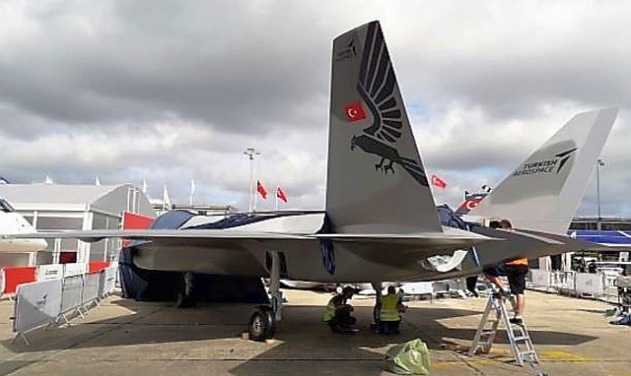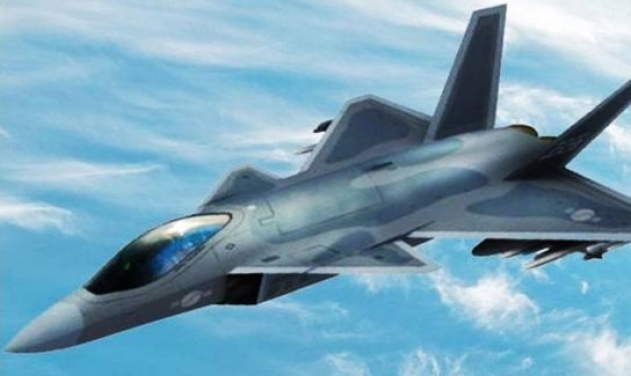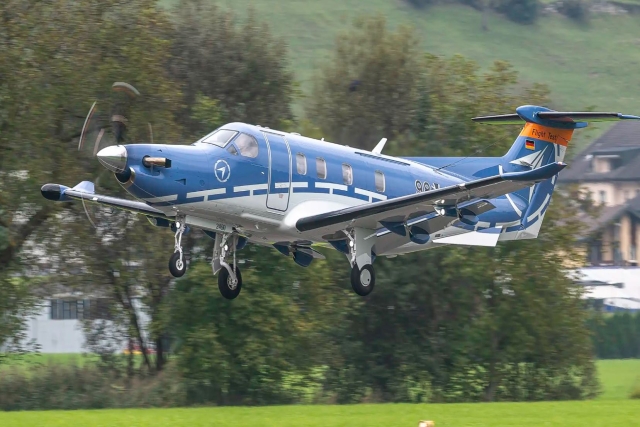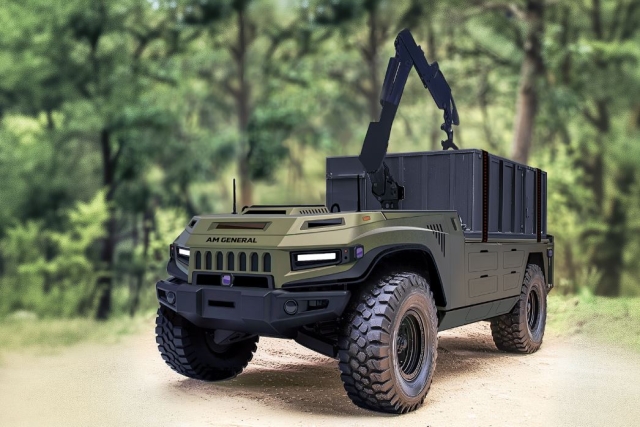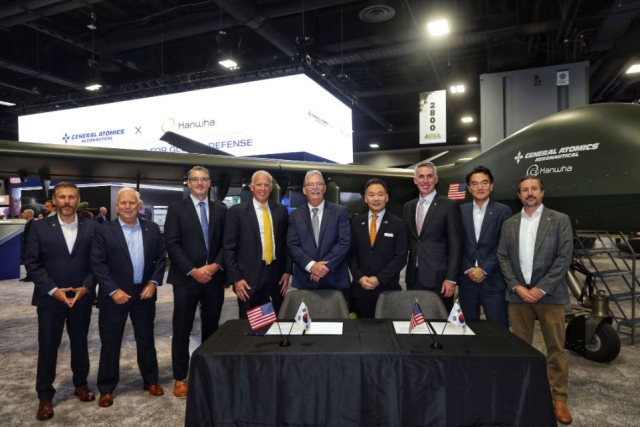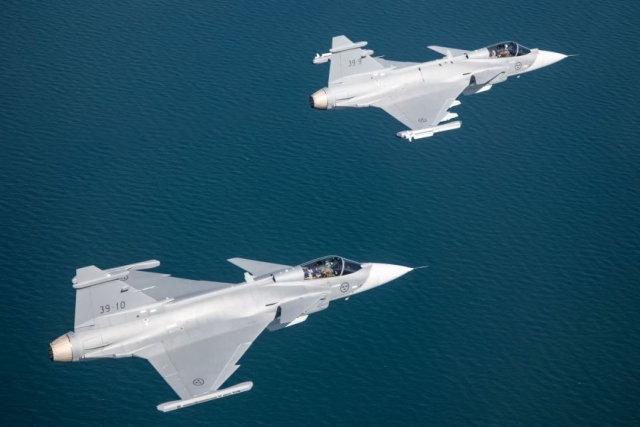Turkey Creates New Factory to Manufacture TF-X Fighter Jet
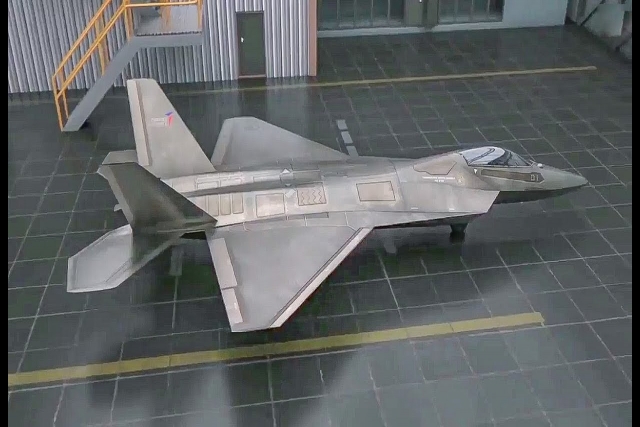
A brand new factory within the Turkish Aviation and Space Industry (TUSAŞ) premises has been created to manufacture the fifth-generation TF-X Fighter Jet targeted for August 2023 roll out.
Some 3000 engineers will work in an area of 63 thousand square meters that will feature the latest manufacturing techniques such as 3D printing and use of Titanium alloy.
Ankara appears to be accelerating its indigenous fighter development following its ouster from the F-35 program over S-400 row. In February, Turkish President Recep Tayyip Erdogan commented that building the TF-X was “the best response to those threatening to end Turkey’s involvement in the F-35 program.”
“Construction of the special engineering complex will be over soon. It consists of 9 blocks in a total area of 63,000sqm. A working area of 25,000sqm has been created for our engineers,” Temel Kotil, General Manager of TUSAŞ, was quoted as saying by Milliyet newpaper yesterday.
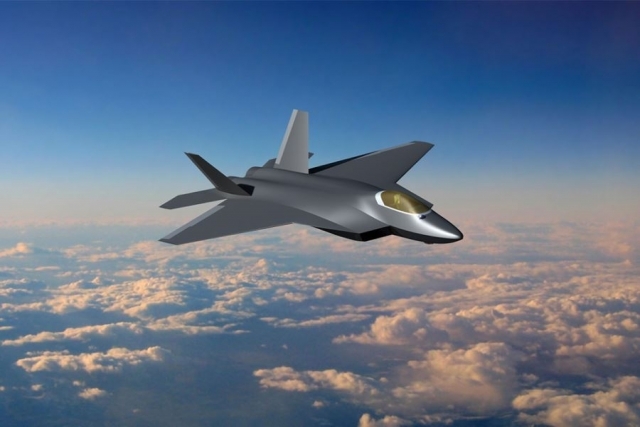
The facility will house a hanger, wind tunnel and lightning test centers. In February 2020, Turkish media reported that Ankara plans to establish a center to facilitate the testing of aircraft against the effects of lightning, within the scope of its project to develop the fifth-generation TF-X National Combat Aircraft (MMU).
“Components that require high strength will be produced from titanium alloy using 3D printing technology. Within the scope of the technology to be used, critical laser components will be produced by melting layer-by-layer dust or wire Titanium alloys by means of a laser or electron beam depending on the part size. In this way, it will be possible to develop critical engineering solutions with a cheaper and more efficient method almost without producing chips,” Kotil said.
The new jet will replace Turkey’s old F-16s. “On March 18, 2023, our national combat aircraft will come out of the hangar with its engine running, all ready for two-year ground tests. After this, improvements may be made. We will deliver the plane to our armed forces in 2029 at the F-35 setting,” he added.
Kotil added that the new jet will first be powered by F-16 engines after which it will be replaced by domestic ones.
